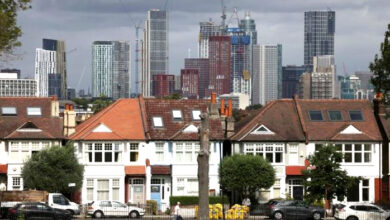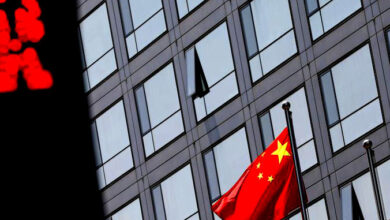Philippines’ inflation is close to a 14-year high, and more rate hikes are likely.

MANILA – Inflation in the Philippines went up at the fastest rate in almost 14 years in October, and the rate is likely to go up even more, according to a report from the statistics agency on Friday. This supports the idea that the central bank will keep tightening monetary policy.
The consumer price index went up 7.7% from a year ago, which is the fastest increase since December 2008. This was caused by price increases in key commodity groups, especially food and drinks that don’t contain alcohol. It was more than the 7.1% that was expected in a poll by Reuters.
Related: Korean Air says a plane went off the runway in the Philippines, but no one was hurt.
The headline number was also close to the top end of the 7.1% to 7.9% range that the central bank had predicted for the month.
The average rate of inflation from January to October was 5.4%, which was much higher than the central bank’s goal of 2% to 4% for the whole year.
The Philippine Statistics Authority said that core inflation, which takes out volatile items like food and fuel, rose from 5.0% in September to 5.9% in October. This shows that price pressures are getting worse.
The statistics agency thinks there is a “substantial probability” that inflation will go up even more in November. This is partly because of the effects of a recent tropical storm that caused a lot of damage.
In response to the data, the agency in charge of economic planning said the government was ready to help right away to ease the effects of rising inflation.
Bangko Sentral ng Pilipinas (BSP) Governor Felipe Medalla said on Thursday that the central bank will raise its key interest rates by 75 basis points at its policy meeting on November 17 to match the U.S. Federal Reserve’s latest move to tighten money.
He said that the BSP wanted to keep the difference in interest rates that existed before the most recent Fed rate hike. This was done to lessen the effect on the country’s exchange rate.
So far this year, the peso has done the worst out of all the currencies in Southeast Asia. It has lost more than 13% of its value against the U.S. dollar.
The BSP has raised rates five times this year by a total of 225 basis points, bringing the benchmark overnight reverse repurchase facility rate to 4.25 percent. On December 15, it will hold its last policy meeting of 2022.
Related: The governor of the Philippines central bank says that the bank’s policies are still “accommodative.”
ING senior economist Nicholas Mapa said, “We expect the central bank to raise rates again in December, likely in line with any move the Fed makes to end the year.”





